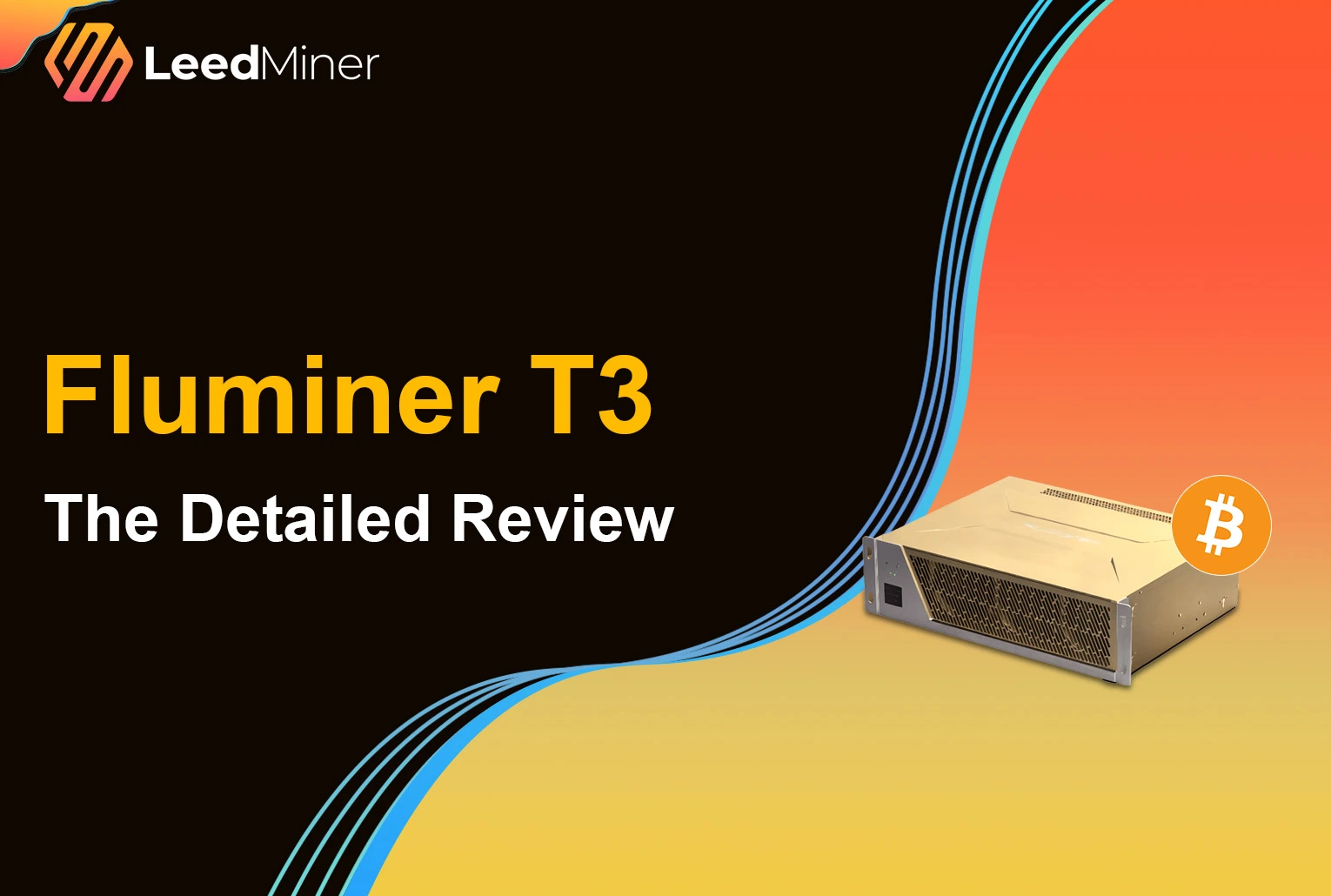SUMMARY
As crypto markets mature and mining becomes increasingly industrialized, many miners—especially those running a business—are questioning whether there’s still money to be made. With rising electricity prices, soaring hardware costs, and fierce global competition, is professional mining still worth the effort?
Market Landscape: Is the Golden Era of Mining Over?
The early years of crypto mining were defined by high rewards and low competition. Back then, mining with GPUs or even CPUs at home could yield substantial profits. Today, the picture is very different. Bitcoin’s block rewards have halved multiple times, cutting the income for each mined block. Meanwhile, the network hashrate continues to rise, meaning more computational power is chasing fewer rewards.
The era of plug-and-play profitability is gone. ASICs dominate the mining scene, and with each new generation, the performance-to-efficiency ratio improves, making older models obsolete within a couple of years. For a mining business, staying competitive now means frequent reinvestment and strategic planning.
Rising Operational Costs
Electricity: The Ultimate Profit Threshold
Electricity is the largest single cost in mining. In most regions, power rates range from $0.08 to $0.15 per kilowatt-hour—well above what’s needed to mine profitably. Only those with access to subsidized electricity or renewable energy sources (like hydro or solar) can sustain long-term operations at scale.
A rate below $0.05/kWh is generally considered the breakeven point. Anything higher drastically reduces profit margins or pushes operations into the red.
Hardware Depreciation
Top-tier ASICs like the Antminer S21 XP, S21 Hydro, or Avalon A15 Pro cost thousands of dollars each. Although they are extremely powerful, their payback period depends entirely on market conditions, especially the price of Bitcoin. If BTC price drops or difficulty spikes, ROI timelines can stretch to 24 months or more—sometimes never breaking even at all.
For mining businesses, the decision to upgrade hardware isn’t just technical—it’s financial. Delay too long, and your machines become inefficient. Upgrade too soon, and you may overpay before recouping earlier costs.
Facility and Maintenance Overheads
Running a mining business means more than plugging in machines. It involves sourcing reliable infrastructure: power lines, transformers, ventilation systems, internet redundancy, and physical security. There’s also maintenance: fans fail, dust builds up, hashboards overheat, and firmware updates must be monitored.
Beyond that, community complaints about noise, vibration, or power draw can lead to unexpected shutdowns or legal risks—especially for operations in residential or semi-industrial zones.
Shifting Competitive Dynamics
Centralization of Hashrate
Large-scale industrial miners now dominate the hashrate distribution. Publicly traded companies like Riot Platforms and Marathon Digital collectively operate hundreds of thousands of machines, often with preferential electricity contracts and direct deals with power providers.
This level of centralization makes it harder for smaller players to survive. Not only do big farms mine more coins—they also get better terms on hardware and energy, putting additional pressure on smaller operations.
Multi-Coin and Merge Mining Strategies
With Bitcoin mining becoming less accessible, some miners are turning to alternative strategies—such as merge mining Litecoin and Dogecoin, or mining coins like Kaspa, Aleo, or Ethereum Classic (ETC).
While these coins can offer better short-term profitability due to lower competition, they come with higher volatility and risk. A coin’s price can crash overnight, rendering even the most efficient miner unprofitable.
Where Profitability Still Exists
Scenario 1: Ultra-Low Power Costs (≤ $0.03/kWh)
In locations with cheap or subsidized energy—such as regions with abundant hydro, geothermal, or flared natural gas—mining can still be highly profitable. Businesses that control both the energy source and the mining operation have a distinct edge.
These setups allow for long-term planning, with stable operating costs that withstand market downturns better than typical setups.
Scenario 2: Heat Recycling Use Cases
Some miners turn heat into an asset. By installing miners in homes or greenhouses in cold climates, they offset heating bills while earning crypto. Others pipe mining heat into agricultural operations or building heating systems.
This “dual-use” strategy lowers overall operational costs and improves the sustainability of the mining business.
Scenario 3: Scale Economies and Custom Optimization
Profit margins widen significantly with scale. Businesses that purchase ASICs in bulk can negotiate lower prices. They can also negotiate direct power contracts, often cheaper than retail rates.
Advanced operations use immersion cooling, auto-tuning firmware, and custom-built dashboards for performance tracking—pushing efficiency beyond off-the-shelf configurations.
Risks Are Increasing
Regulatory Uncertainty
Crypto mining faces growing regulatory pressure. Some countries have banned it outright. Others have introduced energy taxes or forced curfews on high-power operations.
Even in crypto-friendly regions, local governments may impose zoning restrictions or environmental reviews. A mining business must navigate this patchwork of rules carefully or risk being shut down.
Market Volatility
The most profitable year can be followed by a brutal bear market. If your mining business relies on high leverage or assumes constant growth, downturns can be devastating.
Also, the accounting model matters. A business that mines and holds coins might look profitable on paper—until coin prices drop. Cash flow management is critical, especially for paying off equipment or electricity in fiat.
Conclusion: It’s Still Possible—but Only for the Prepared
Mining is not dead—but it’s not easy either. The days of casual profitability are long gone. Today, profitable mining requires:
- Extremely low operating costs
- Smart capital investment
- Long-term planning and adaptability
- A deep understanding of hardware and energy management
For serious businesses, mining can still generate healthy profits—especially when paired with energy innovation or strategic partnerships. But for those without these advantages, it may be time to reconsider whether mining is a business or a gamble.



